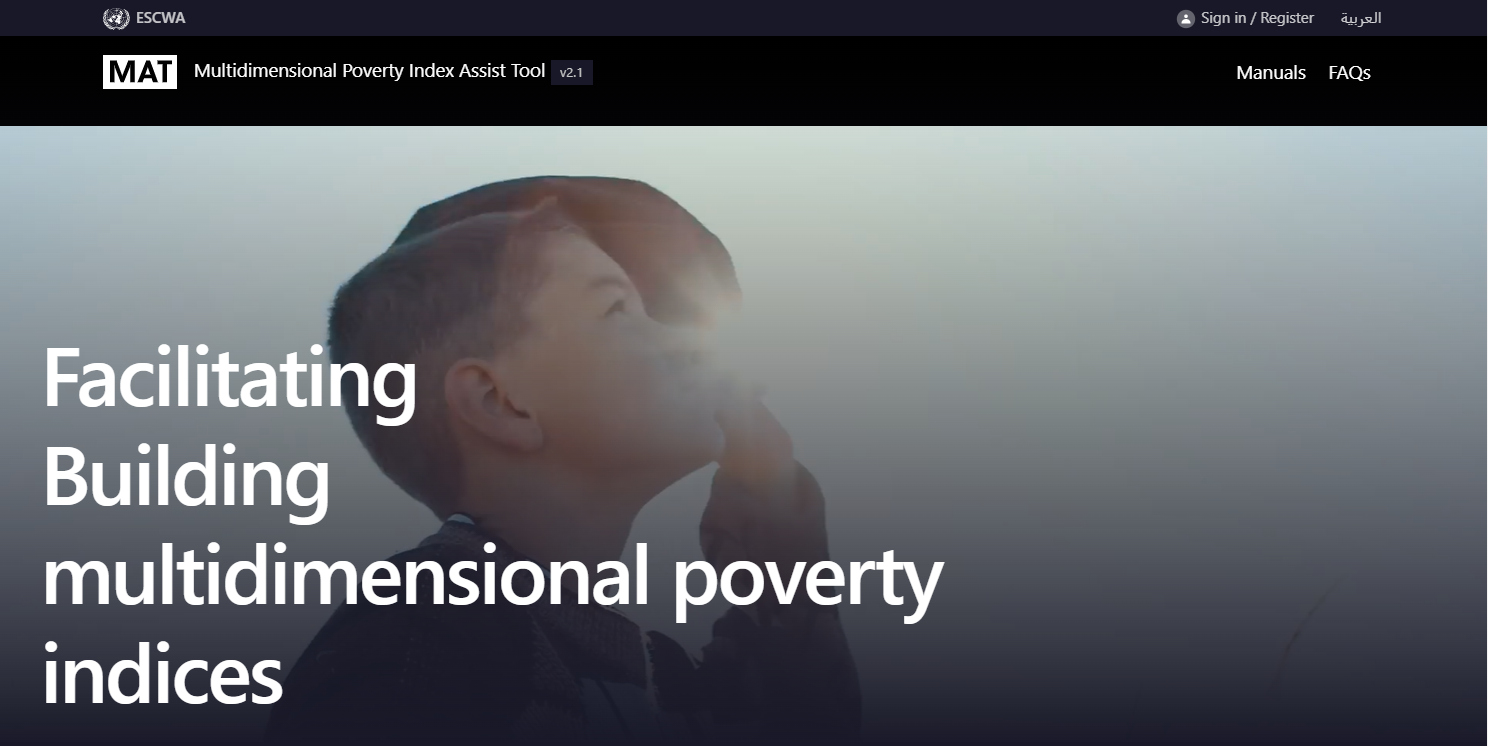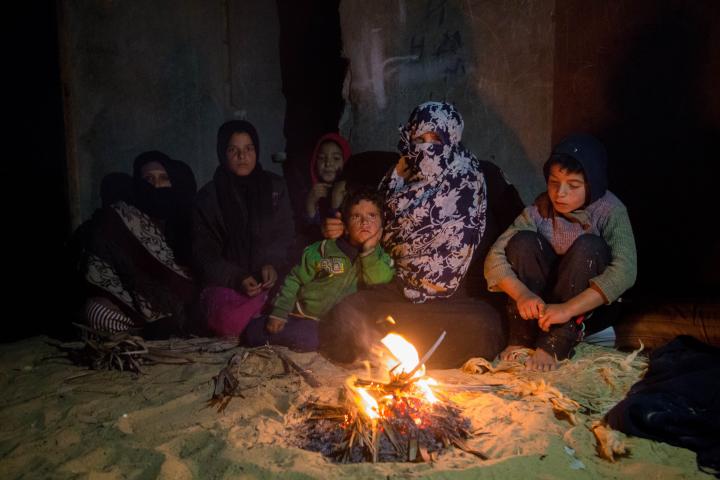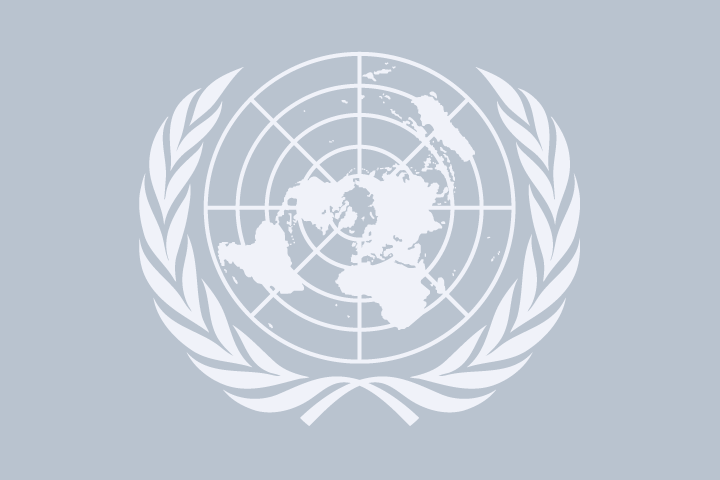Workshop format and participants:
The 4-day workshop took place in a hybrid format. A total of 23 Somali participants attended the workshop (13 virtually and 10 physically) from 8 national entities in addition to relevant experts (cultural experts, experts in rural development, and academics).
Participation included members of the Ministry of Labor and Social Affairs, the Somali National Bureau of Statistics, the Ministry of Planning, the Ministry of Women and Human Rights Development, Ministers of the Somali Parliament, the Ministry of Education, the Ministry of Finance, and the Ministry of Transport and Civil Aviation. The Ministry of Public Works, Reconstruction and Housing, and the Ministry of Health were absent from the workshop.
The first day saw presentations on the poverty & development challenges, MPI methodology, ESCWA tool to assist policymakers in MDP measurements, the MPI use for policy as well as potential links to social protection and normative decisions to be considered when building a national MPI.
The following two days included lively discussions on what the Somali national MPI should include. The unique context of Somalia regarding its nomadic population was debated often. Hands-on training on the MPI Assist Tool (mpi.unescw.org) helped participants debate their conceptual frameworks and the choice of indicators. The use of MAT included the ad-hoc inclusion/exclusion of indicators and the computation of results. Three propositions were formulated at the end of the third day, in addition to the SNBS proposal for a national MPI. Discussions on the choice of dimensions, indicators, weights, poverty cut-off point, and the preliminary results were hybrid. The group work was facilitated on-site and in online breakout rooms.
The last day saw presentations by participants using the MAT, and the consolidation of the MPI indicators. The consensus was reached as the Somalia national MPI was jointly built on the MAT, with participants in principle agreeing on indicators and weights of the MPI.
The Somali TV captured the closing statements and interviewed participants.
Achievements:
On the last day, indicators of the national MPI were finalized and agreed upon. It was agreed to have one national MPI for rural, urban, and nomadic populations, which can be disaggregated by regions and relevant subgroups.
Additional options with alternative weights were agreed upon in general, in order to better account for indicators sensitive to the nomadic population. These need further robustness checks. A multidimensional poverty headcount ratio of around 77-80 percent was regarded as acceptable and close to the monetary poverty line.
Next steps:
- The technical team will regroup and conduct robustness analyses of the chosen MPI.
- A poverty committee will be formed within Somalia to institutionalize the MPI.
- An MPI report will be written by ESCWA and the Somalia National Bureau of Statistics (NBS).
- Mid-November: policy workshop to discuss optimization of the national MPI for poverty reduction.




